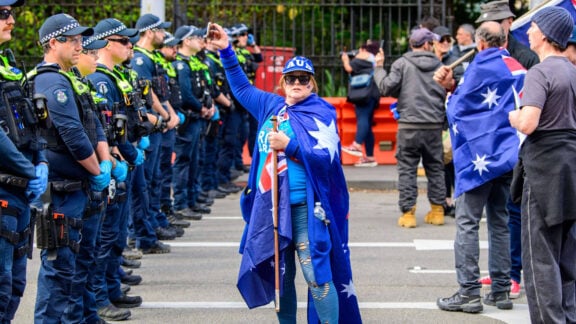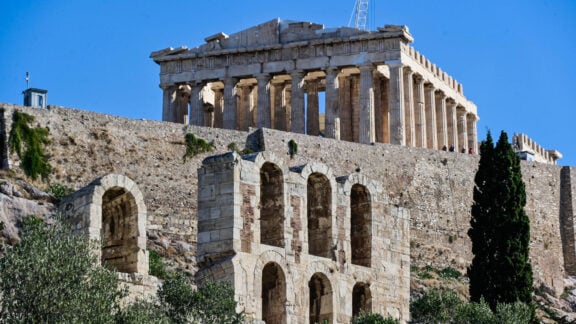February 2016, I stood staring at the door of the faithfully restored stone house on the shores of Foca, 60 kilometres North-West of current day Izmir.
I am looking at the partially restored row of three homes, the first of which I was told was a local bakery run by my family. From the central home, number eight, the shy current home-owner speaks with our local guide and historian.
The plaster work above the door reads 1893 along with other symbols which I am unable to decipher.
My grandfather grew up here with his nine siblings, they escaped the first pogrom in 1915, fleeing to Greece. My grandmother also grew up a few streets away.
French archeologist Felix Sartiaux, who happened to be excavating the ancient sites in the village and its surrounds, documented by photo and letter, the atrocities of the that time.
In his words, as published in Giles Milton’s ‘Paradise Lost’: “I shall never forget the day and night that followed…the cries of the victims, the scream of the bullets the torture and massacre of old men, women and children and the brutal expulsion of the population”


There are photographic books published documenting the village around this time, in 1915-18. The accounts of the catastrophe by Felix Sartiaux, a bilingual French/Greek edition, titled Regards Phoceens de Felix Sartiaux and ‘1913-1920 Le temoignage de Felix Sartiaux’.
There is also a documentary, ‘The sacking of Phocaea’ bringing to light an unknown chapter of the tragic events in Asia Minor in 1914, through a 50-minute film by Agnes Sklavos and Stelios Tatakis. The documentary explains the events that led to the first expulsion of Christians.
An elderly relative of mine speaks during the filming, recalling how they “fled with only their souls”.
An important academic paper giving further details of the socio-political environment during this time is ‘A Multidimensional Analysis of the Events in Eski Foça (Παλαιά Φώκαια) on the period of Summer 1914’, E. Erol [Published 9 January 2012, Sociology, Cahiers Balkanique DOI:10.4000/CEB.911Corpus ID: 141002090].

My grandparents and their families returned to Foca in 1919 when it appeared that the Greek Army and their allies were making ground in their bid to reclaim territories in Asia Minor. Sadly, their return was short lived with turn of the events in 1922 against the Greeks, which led to their second forced expulsion from their homes, lands and ancestors.
After five years as refugees trying to locate family and a safe haven, they finally re-settled in Greece near Corinth. The efforts of the Red Cross allowed them to find most of their family. Some were never found and others found refuge in the Mytilene, Crete and the USA. Having settled their children in a safe place, all four great-grandparents died within months of each other in 1927. They would have been in their mid-forties.

Ninety-four years later I had the privilege to be standing, staring at their door, number eight, Eski Foca Izmir, Turkey. I walked away from the neighbourhood of my grandparents as if in a dream. I turned for no particular reason to look down a small alley and my eye caught the outline of a bird in flight painted on a wall. It was a goldfinch, my father’s favourite bird. He looked pleased to see me.

Editors note: Your ancestor’s Odyssey is part of our collective history and deserves to be told and passed down generations. If you have Asia Minor heritage, share your family history and heirloom photos with us:
Email your texts and images to editor@neoskosmos.com.au
Mail to Neos Kosmos P.O. Box 773, Port Melbourne, Victoria 3207
Phone Sotiris Hatzimanolis at (+61 3) 9482 4433 Monday to Friday during office hours.









